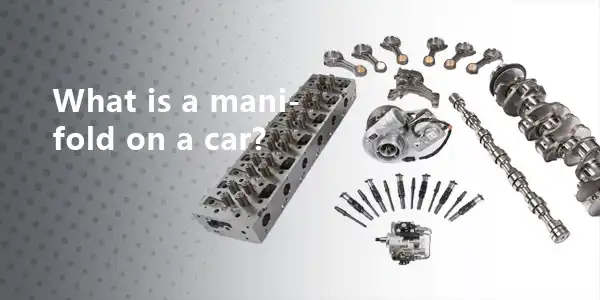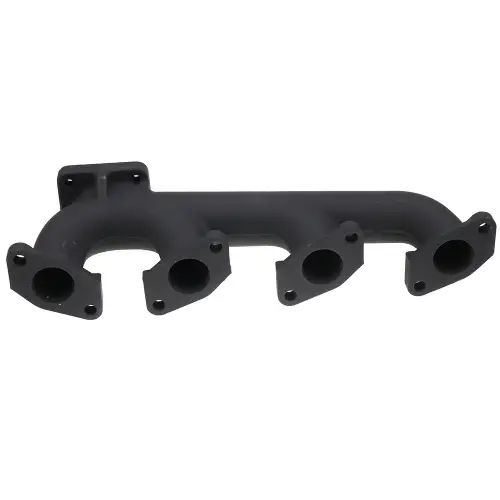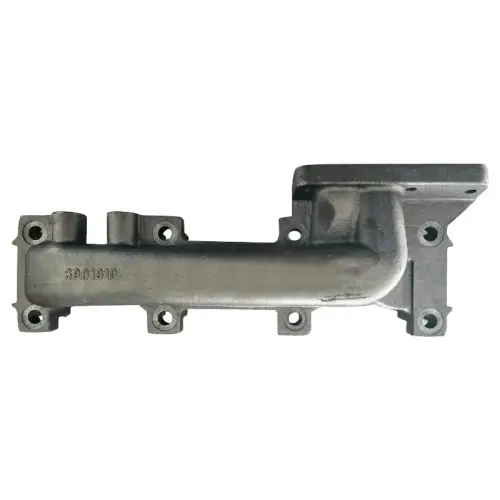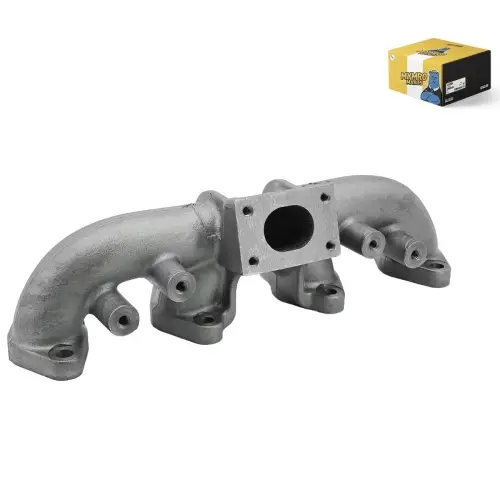What Is a Manifold?
Understanding what a manifold is and its significance in a car's functioning is essential for both vehicle maintenance and maximizing engine performance. A manifold, in the context of automotive engineering, refers to a critical component in a car's engine system. There are two main types: the intake manifold and the exhaust manifold. In the following sections, we'll delve into the specifics of these two components.
What Is a Manifold on a Car?
The manifold of the vehicle is mainly divided into an intake manifold and an exhaust manifold. The main function is to be buffered by the manifold after the air enters the throttle valve, allowing the air to branch here. The air and fuel mixture reaches the cylinders through the intake manifold. Exhaust gases are discharged through the exhaust manifold. The number of manifolds corresponds to the number of engine cylinders.
Manifold Gasket
Intake manifold gaskets are typically made of aluminized steel coated with a carbon-based rubber compound and include seal gaskets, heat shields, and exhaust manifold gaskets. High-quality intake manifold gaskets with reinforced rims and liners around each port or runner opening must be resistant to corrosion caused by oil and coolant. In order to improve the performance of the engine, the exhaust manifold gasket can effectively reduce the loss of the engine and the generation of noise and pollutants.
What Is an Intake Manifold?
The intake manifold means that the air enters each cylinder from the intake pipe and is located on the top of the engine. The intake manifold guarantees that the intake air distribution of each cylinder is reasonable. The intake valve is the pipe that ensures the air comes into the engine and cylinder. It is mainly composed of passages designed on the cylinder head, and the end of the intake passage is the intake valve to control the intake air. The role of the intake system is to inhale as much air as possible for gasoline combustion. The manifolds isf is made of aluminum alloy or iron. The intake manifold is a system of pipes that connects the air filter to the engine block and is responsible for guiding outside air into the interior of the engine.
What Is an Exhaust Manifold?
As implied in the name, the exhaust manifold is mainly to help the vehicle discharge the exhaust gas. When an engine is running, the combustion process produces exhaust gases, which contain carbon dioxide and other harmful substances. The exhaust manifold works by collecting these exhaust gases from each cylinder and directing them into the exhaust system. The exhaust manifold connects each cylinder and ends up in a single pipe, which allows the exhaust gas from the cylinders to enter the exhaust pipe. The exhaust manifold is also called the exhaust head. The exhaust pipe of the engine is composed of three sections, namely the head section, the middle section, and the tail section. The middle section is on the chassis, and the middle section is a relatively long pipe. The tail section is the part near the rear bumper, and there is generally a relatively large muffler on the tail section. The exhaust pipe allows the exhaust gas generated by the engine to discharge into the atmosphere and can reduce the noise generated during the exhaust process.
In conclusion, the manifold is an important bridge between the engine and its environment. Divided into intake manifolds and exhaust manifolds, these components play different but equally important roles. The intake manifold ensures that the engine receives an adequate supply of air during the combustion process, while the exhaust manifold efficiently expels exhaust gases, helping to improve engine performance and reduce noise. As the manifold's name suggests, it literally "manages" the flow of air and exhaust, making it a key player in the complex symphony of engine operation.
 Track Your Order
Track Your Order









